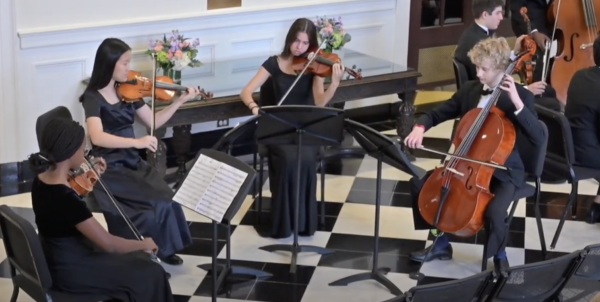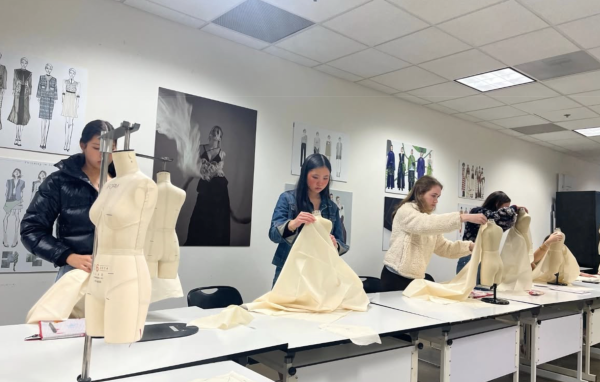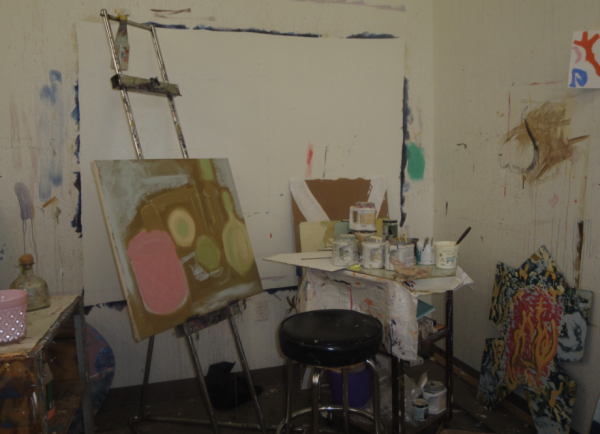Students submit to the 98th Scholastic Art & Writing Awards
Since its creation in 1923, the Scholastic Art and Writing Awards have become one of the nation’s most prestigious and well-known competitions for young artists and writers.
The competition, presented by the Alliance for Young Artists and Writers, exists for the sole purpose of identifying skillful artists and writers and helping them gain recognition for their work. Young creators have the opportunity to publish their pieces, receive scholarship money, and exhibit their work to thousands of people across the globe. Due to the growth of the internet and social media, awareness surrounding the competition has increased exponentially since its conception. Last year, over 200,000 pieces were submitted in 28 different categories.
The competition opens for entries every year in September and closes at various times in December and January based on the contestant’s home region. Throughout each level of the competition, pieces are judged based on the same three core values: originality, technical skill, and emergence of personal voice or vision. Works are first evaluated at the regional level, where they are considered for awards such as Gold Keys, Silver Keys, Honorable Mentions, American Visions Nominee, or American Voices Nominee Awards. Gold Key winners then move onto the national round, where their pieces are judged among those of the best artists and writers in the country. At this level, the winning pieces are considered for awards including Gold Medals, Silver Medals with Distinction, Silver Medals, or scholarship awards. In June, national winners are honored at a ceremony in New York City for their work.
With 28 varying categories for entries, artists and writers are sure to find a category that best fits their work. Among these categories, architecture, design, digital art, film and animation, painting, photography, critical essays, dramatic scripts, journalism, and poetry are all viable divisions for artists and writers to submit work. Graduating seniors have the opportunity to submit full writing or art portfolios to be judged.
Many contestants find themselves entering the competition simply due to the award’s popularity among other artists and writers.
“I have a lot of friends who are artists and writers, and it’s just a thing that everyone seems to submit to,” said senior Lila Haden, who plans on submitting her own work to the competition. “Lately, I’ve been really interested in dreams, so I’ve been drawing inspiration from that and writing about it.”
Haden is among many other young artists and writers who draw inspiration for their works from seemingly arbitrary and broad topics, yet the way these creators express these topics is, in fact, the opposite of arbitrary but rather profoundly intentional and enhancing the core values the competition judges them on: originality, technical skill, and the emergence of their voice and vision.
Students at Westminster find mentorship for the competition primarily in the English department; teachers like Mario Chard and Jennifer Dracos-Tice have guided many students through the stages of preparing and submitting a piece to the competition.
“In terms of them actually putting my name down as an educator, I only help around one or two students each year with the competition–Ms. D-T, several more. We see anywhere from 10 to 20 students each year from Westminster submit to it,” Chard said.
Many of these students advance to the national level of the competition and even receive medals. No matter the award – or lack thereof – the experience gained from crafting, prepping, and entering a piece is priceless.
“The best kind of writing comes from a healthy respect and love for revision,” said Chard. “I see a lot of writers, when they’re new to writing, even with exceptional talent, they’re worried about revision. But I think overcoming that fear of revision is a real key to understanding that it is where pieces are born, where you finally understand what it is you’re trying to say.”
Up until the very day the competition closes, students continue to revise their pieces in order to fully understand and develop the voice that speaks through their work.
In the 2021 Scholastic Art & Writing Awards, sophomore Alex Wa received a silver medal as a national medalist for his painting, Perturbed.
“Initially, I didn’t have a ton of ideas, so I started out with a cat that I wanted to work an idea out with,” Wa said. “After that, I knew I wanted to incorporate still life, so I decided to combine the two; in a way, it’s un-still still life, because of the movement in the piece.”
His piece follows a hairless cat as it crawls across a table; fruits, vases, and other assorted items surround the cat.
“I do studio art outside of Westminster, and there are two art teachers there that I work with. I completed the piece over the summer during an art camp: it took around five days working on it for six hours at a time. So the piece probably took around 30 hours total.”
For those who find themselves drawn to submitting their own work to the competition, Chard suggests meeting with English teachers or other people who can help to revise.
“Having other people see your writing can help in the process of revision, because at the end of the day, when you send off these poems or stories, it’s out of your hands,” he said. “The judges don’t have you there to help explain what you mean about a specific word or phrase: that has to exist outside of you. Getting an idea of how other people feel about your piece, even if you disagree with them, is good, because that’s how it’s going to survive on its own without you protecting it.”
The deadline for the awards for the Georgia region is Monday, Dec. 20.



